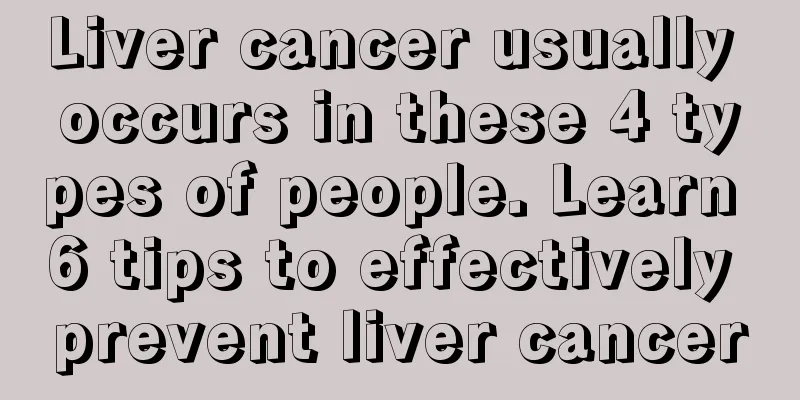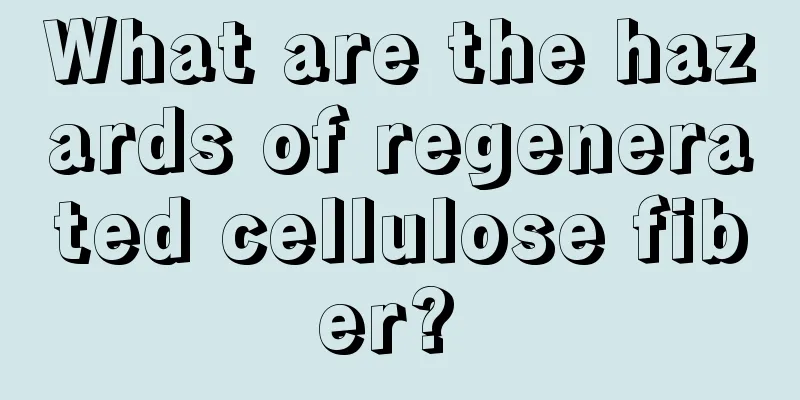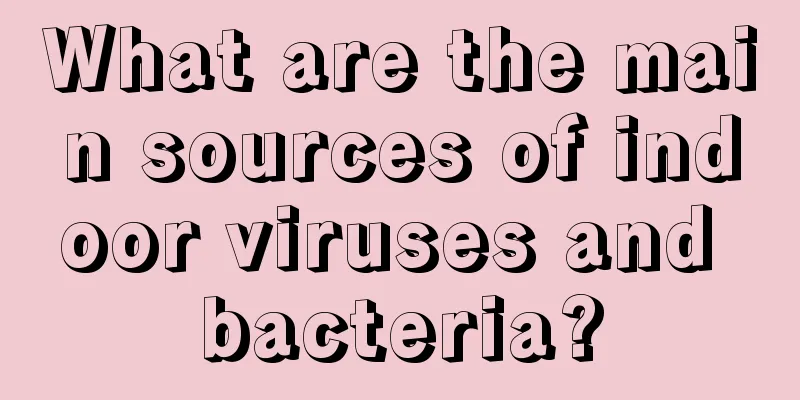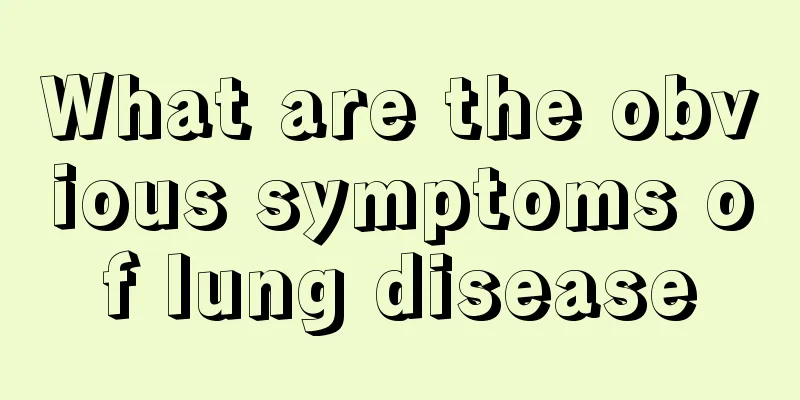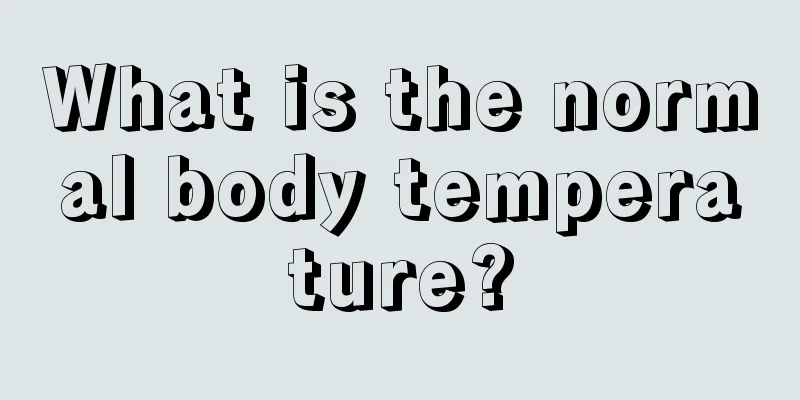What is the process of digestion and absorption of lipids?
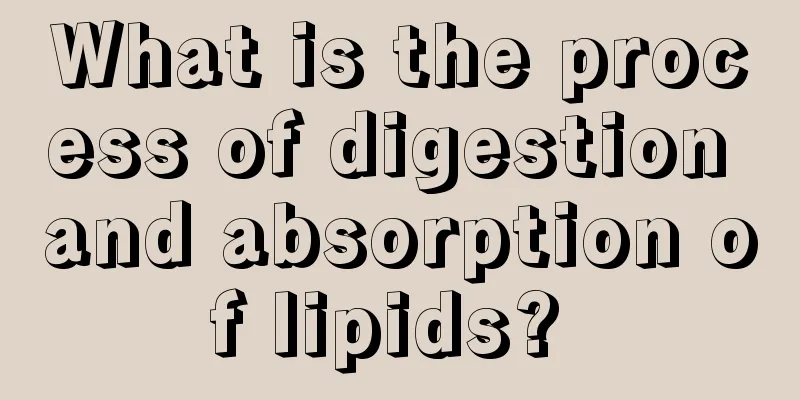
|
Lipids include many types, such as oils and lipids. The range of lipids is very broad, mainly small organic molecules in the human body. It is a general term for lipids, oils, and fats. The physiological functions of lipids are to supply and store energy, supply essential fatty acids, form biological membranes, maintain human body temperature, etc. Lipids are very important to humans. Next, let’s take a closer look at the digestion and absorption process of lipids. Lipids include neutral fats (triglycerides), cholesterol and phospholipids. Generally, greasy foods mainly refer to the first two, especially those with high triglyceride content. Lipid is one of the indispensable nutrients for the human body. It not only provides energy to the body, but is also an indispensable raw material for the formation of cells and tissues, and can also provide fat-soluble vitamins. However, to play these important roles in the body, it must first be digested and absorbed by the intestines. The digestion and absorption of lipids mainly takes place in the small intestine. Participants in digestion and absorption include lipases in the pancreas and small intestine, and bile salts in the bile. The alkaline environment formed by the secretion of bicarbonate by the pancreas and bile is also an indispensable environmental condition. Taking neutral fat as an example, it must first be emulsified into extremely fine droplets by bile salts, lecithin, etc. in bile. The surface area of the fat is thereby expanded many times, allowing it to fully come into contact with digestive enzymes. Under the catalysis of bile salts and other substances, the activity of lipase is greatly increased, breaking down triglycerides into glycerol and fatty acids. The latter are once again combined with bile salts and cholesterol to form water-soluble micelles, which can then be absorbed into the small intestinal epithelial cells, completing the entire process of digestion and absorption. Sometimes it separates, sometimes it combines. Do you think the process of digesting fat is complicated? Bile salts from the gallbladder play an important role in fat digestion by first purifying the fat and reducing its surface tension, and then emulsifying the fat into very fine emulsified particles. Pancreatic juice contains lipase, which breaks down fat. The products of decomposition are diglycerides, monoglycerides, fatty acids and glycerol. Short-chain fatty acids with less than 12 carbon atoms are directly absorbed by the lining of the small intestinal mucosa. Long-chain fatty acids are then esterified into triglycerides, combined with cholesterol, lipoproteins, and phospholipids to form chylomicrons that enter the lymphatic system and finally enter the blood and are transported to various tissues of the body. Among all food lipids, only milk lipids are rich in short-chain fatty acids, while long-chain fatty acids must be transported through the lymphatic system. The absorption of long-chain fatty acids occurs in the small intestine by passing through the intestinal mucosa into the terminal lymphatic vessels, where they are re-lipidated with glycerol in the lymphatic vessels to undergo resynthesis of triglycerides. These chylomicrons enter the blood through the lymphatic thoracic duct and auxiliary pathways, mainly at the junction of the left jugular vein and subclavian vein. Lipids that are liquid at body temperature are well digested and absorbed, whereas many lipids whose melting points exceed body temperature are difficult to digest and absorb. Therefore, some animal fats are still solid at 37 degrees. Difficult for the body to absorb. By reading the above information, we have a general understanding of how the digestion and absorption process of lipids works. The digestibility of food fat is related to its melting point, so when eating fatty foods, we have to be concerned about whether our body can afford it. In reality, obese people generally have fatty liver, so it is recommended to avoid excessive lipid intake during diet. |
<<: What are the ways in which health massage promotes the circulation of qi and blood?
>>: What are the causes and treatments for bloating on the left side of the abdomen?
Recommend
What are the treatments for elbow bone spurs
The situation of elbow bone spurs is relatively s...
How do you get prostate cancer
Diseases can cause great psychological pressure o...
How to treat wind-cold and wind-heat symptomatically?
Traditional Chinese medicine focuses on the study...
What are the symptoms of esophageal tumors?
The biological characteristics of esophageal tumo...
The main manifestations of advanced rectal cancer
Many people today don’t pay much attention to the...
Difficulty getting an erection after drinking
Alcohol can numb the nerves. Most people like to ...
What kind of wine is rice wine? Nutritional value of rice wine
There are differences in rice wine between the no...
How to distinguish good soy sauce from bad
I believe that when you go to the supermarket or ...
Is it good to have a mole on the eyelid
The appearance of moles on the eyelids is actuall...
What are the treatments for colorectal cancer and polyps
Colon polyps refer to growths that protrude from ...
What is the reason for sweating above the mouth
It is normal for the body to sweat due to fever, ...
My whole body aches after I have a fever
I believe everyone knows that the best way to red...
What should I do if I get caught in the rain during my period
What should I do if I get caught in the rain duri...
Symptoms of foot neuralgia
The nerves of the foot joints are the more import...
Excessive physical burden can easily induce lymphoma
Lymphoma is a tumor disease that is closely relat...




